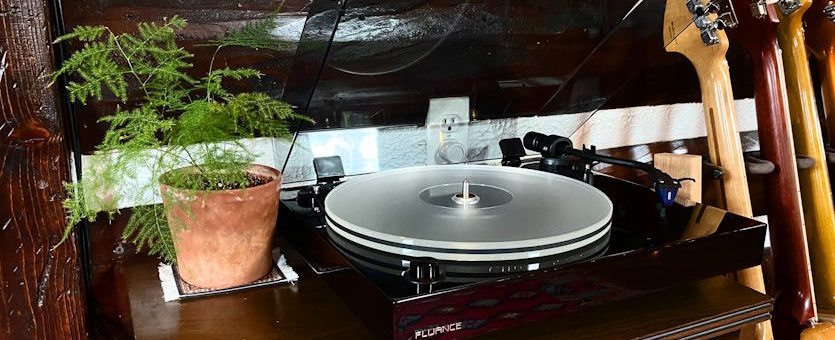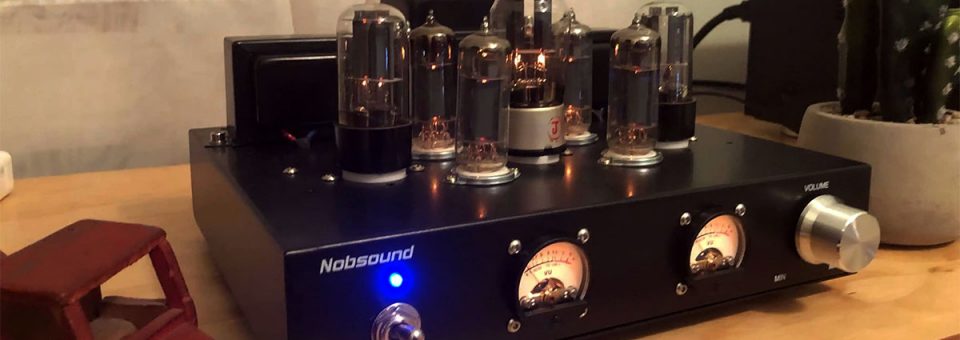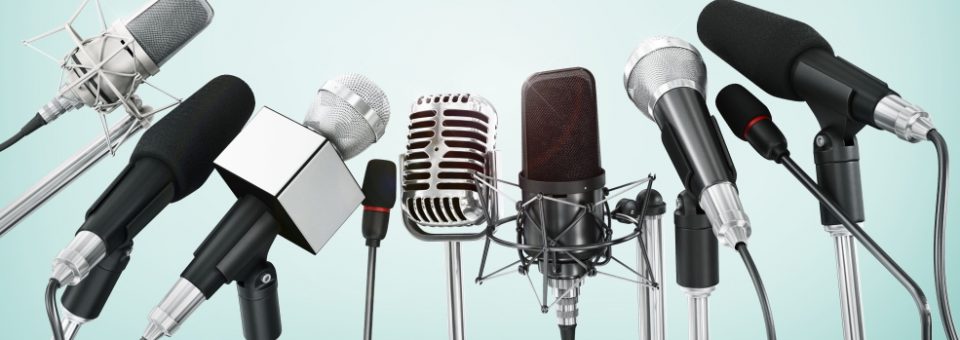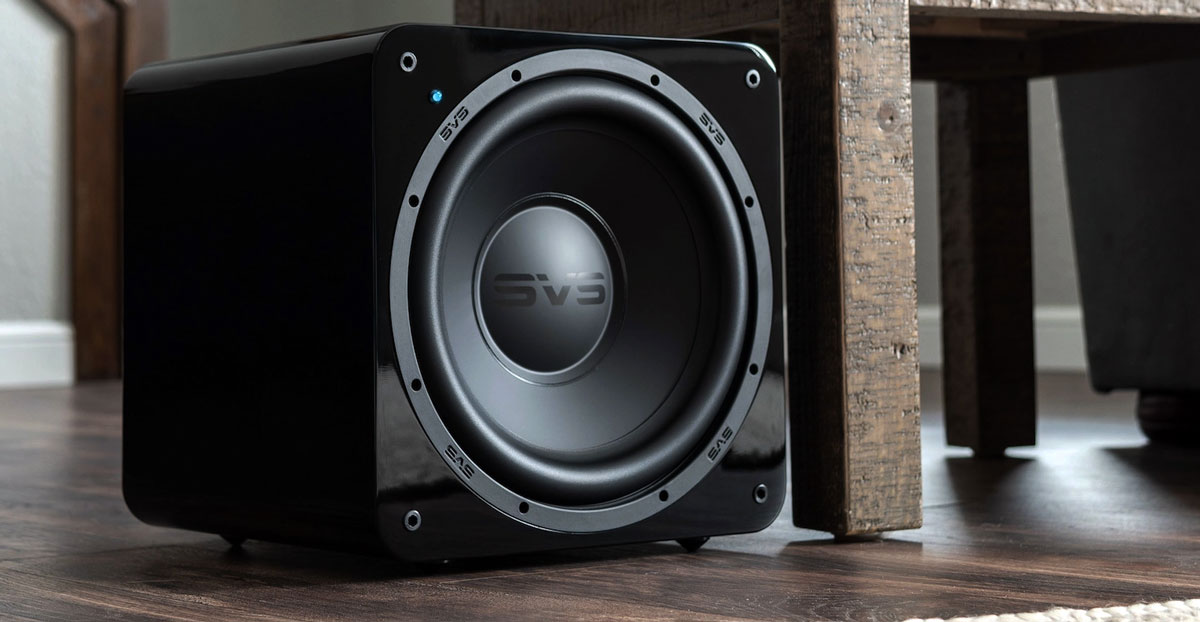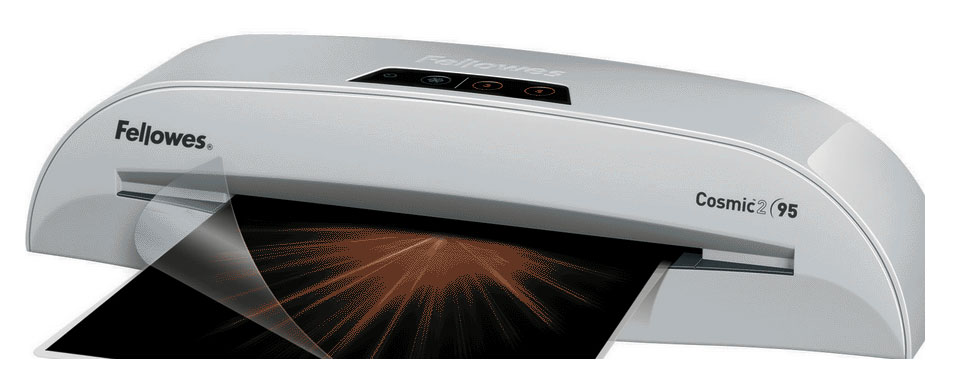Most Recent Articles
Primary Benefits of the Series Circuit You Need to Consider!!
A series circuit is a closed circuit in which the current follows one path in contrast to a parallel circuit in which the circuit is divided into two or more paths.
When talking about the series circuit, then current flows through each load are the same, and the total voltage across the circuit is the sum of the voltages across each load.
Read MoreEverything You Need to Know About Audio Foldback! Easy Guide for Beginners!!
When talking about musical equipment, people often get confused with the different terms that are used for the same items. Some use two or three different names or terms for the same item that is not easy at all to perceive it in one stroke.
Read MoreCan monitors be used as speakers?
The majority of the folks are making the use of studio monitors as the best speaker. The majority of the studio owners are making the use of studio monitors because it will able to reproduce the content that has already been recorded.
Read MoreWhat Is Sound Reinforcement Speaker? Primary Things to Consider!!
The use of sound reinforcement speakers is one of the convenient things that needs to keep in check when making use of sound equipment in concerts.
The sound reinforcement system is mainly the combination of the microphones, signal processors, amplifiers, and loudspeakers in the enclosures that all are controlled with the recorded with the mixing console.
Read MoreWhat Is an Audio Chain? How Is It Convincing for Better Sound?
In the modern world, people are assisted with the sound equipment that tends to make the listening experience even better. Thousands of sound equipment have been introduced in the marketplace that provides convenience to the audiophiles.
Read MoreDoes water amplify sound?
You will find sound waves similar in the water and air as well. If you want to compare these two things, then one has to invest a lot of time in research. Amplitude is considered an important thing that is directly interlinked with energy.
Read MoreWhat do I need to record a song at home?
Recording a new song at home is considered as straightforward process where a person needs to invest money in the variety of important equipment.
Read More
